The medical term for hives is urticaria and it refers to a condition marked by the body’s hypersensitive reaction to some allergen or irritant where the capillaries and the very small veins beneath the skin start to leak. This leakage is caused by the histamines, which are produced by the body in allergic reactions.
The histamines that make the blood vessels wider tend to cause swelling and redness of the skin, which are the symptoms of hives. Furthermore, hives are also manifested through the slightly raised pale or red skin wheals or welts. In some cases, hives may resemble mosquito bites and they are also itching. Hives in children are a quite common condition, which typically occurs on the arms and legs, as well as on the back and torso.
Causes of Hives in Children
There are several types of foods that are likely to cause allergies in children (nuts, peanuts, and eggs). Furthermore, wheat, berries, and citrus may also cause allergic reactions and consequently hives. It is also considered that certain medications, such as antibiotics, are also responsible for the occurrence of hives in children, and adults as well.
Insect bites, bee stings, and various irritants like pollens, dust, mites, and molds are also some of the causes that may induce the appearance of hives in children. Furthermore, hives in children may also appear due to certain skin creams, new clothes, bed sheets, and various detergents.
Among the major causes of hives in kids are also viral infections, giardia, and infection of pinworms. Aside from the viruses, there are some types of bacteria that may cause the outbreak of this skin rash as well.
In the majority of cases, the bacteria Staphylococci are responsible for the incidence of hives in children. Other common culprits for this skin disorder include wearing tight clothes, particularly inner wear, exposure to the sun for a long time, or exposure to extremely cold weather.
- Common causes or triggers of acute urticaria in children include infections, medications, and foods, while acute spontaneous urticaria is common in young children with atopy.
- Infection appears to be a more frequent predisposing cause of urticaria in infants and children compared with adults. Infection is the most frequently documented cause (more than 40%) in children with acute urticaria.
- In a recent systematic review, viral infection was a potential trigger and sometimes the main cause in acute and chronic urticaria. The rate of identification of a specific cause in children with chronic urticaria varies from 20%-50%, but in practice, most patients have no precise causes and are classified as chronic idiopathic urticaria.
- In recent studies, more than 30% of children with chronic urticaria are classified as chronic autoimmune urticaria.
- It is estimated that up to 15%-25% of adults experience at least 1 episode of acute urticaria during their lifetime.
- In a recent population-based German birth cohort study, the incidence and cumulative prevalence of urticaria in infants and children were reported. The incidence of urticaria was approximately 1% per year of age and the cumulative prevalence of urticaria in children at the age of 10 years was 14.5% for boys and 16.2% for girls, but the prevalence of chronic urticaria was not evaluated separately.
- The lifetime prevalences of any type of urticaria and current urticaria were 22.5% and 15.3%, respectively. Among the current urticaria, the prevalences of acute, chronic, chronic continuous, and chronic recurrent urticaria were 13.9%, 1.8%, 0.7%, and 1.1%, respectively.
- There have been few prospective studies on the natural course of chronic urticaria in children. Until now no specific predictive factors for remission was identified. Age, gender, or ASST results does not affect the prognosis of chronic urticaria in children. In a recent prospective study in Thai children, the remission rates at 1, 3, and 5 years after the onset were 18.5%, 54%, and 67.7%, respectively. A 1-year remission rate in Korean children was 84.8%, which is higher than those of other studies.
Treatment of Hives in Children
Hives in children tend to last for a period of time and then they withdraw alone. For those children who want to cure the condition rapidly or reduce the symptoms, there are medications that a doctor can prescribe. Antihistamines such as Benadryl, for example, are very effective when hives are in question.
Furthermore, there are also certain home remedies that can provide relief from the hives; for instance, vitamin E oil, as well as aloe vera, should be applied to the hives.


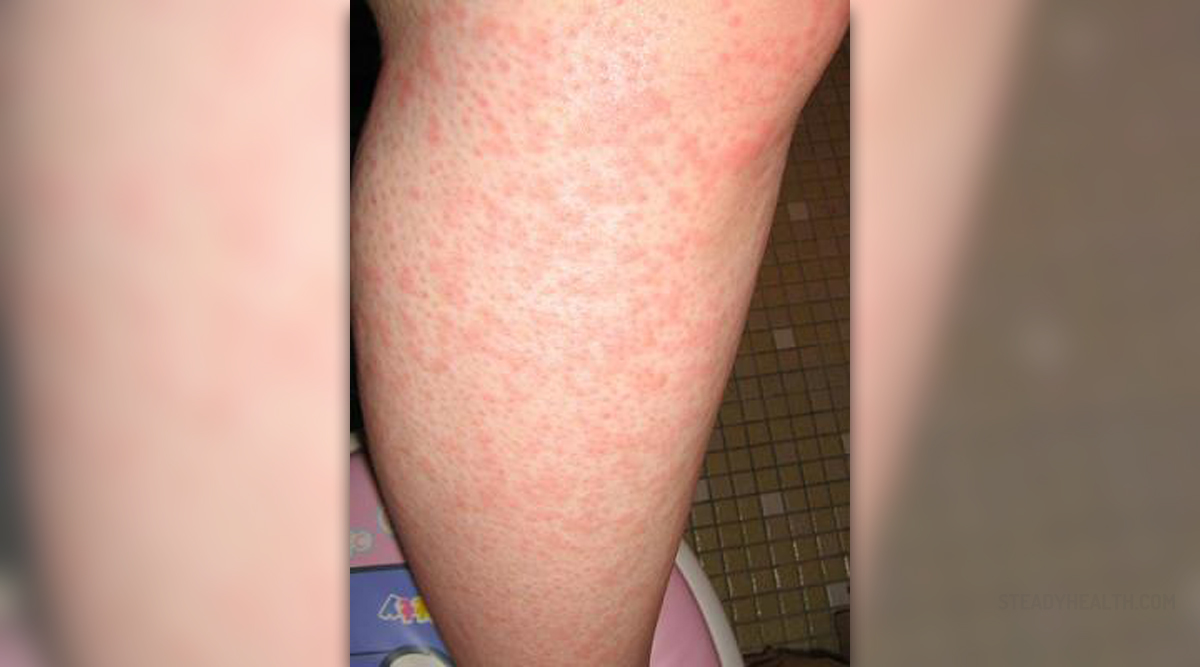
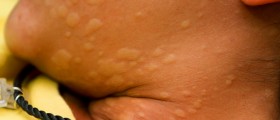
-Causes,-Symptoms-And-Diagnosis_f_280x120.jpg)
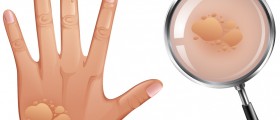


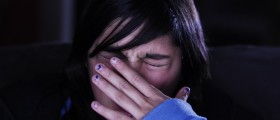
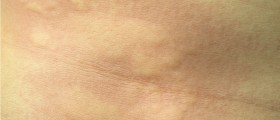
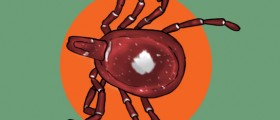
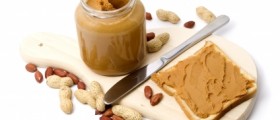


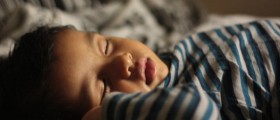


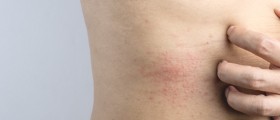
Your thoughts on this
Loading...